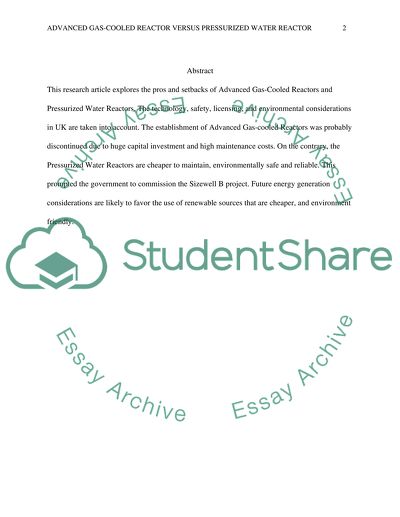Cite this document
(“Advanced Gas-cooled Reactor versus Pressurized Water Reactor debate Essay”, n.d.)
Retrieved from https://studentshare.org/engineering-and-construction/1397674-advanced-gas-cooled-reactor-versus-pressurized-water-reactor-debate
Retrieved from https://studentshare.org/engineering-and-construction/1397674-advanced-gas-cooled-reactor-versus-pressurized-water-reactor-debate
(Advanced Gas-Cooled Reactor Versus Pressurized Water Reactor Debate Essay)
https://studentshare.org/engineering-and-construction/1397674-advanced-gas-cooled-reactor-versus-pressurized-water-reactor-debate.
https://studentshare.org/engineering-and-construction/1397674-advanced-gas-cooled-reactor-versus-pressurized-water-reactor-debate.
“Advanced Gas-Cooled Reactor Versus Pressurized Water Reactor Debate Essay”, n.d. https://studentshare.org/engineering-and-construction/1397674-advanced-gas-cooled-reactor-versus-pressurized-water-reactor-debate.


